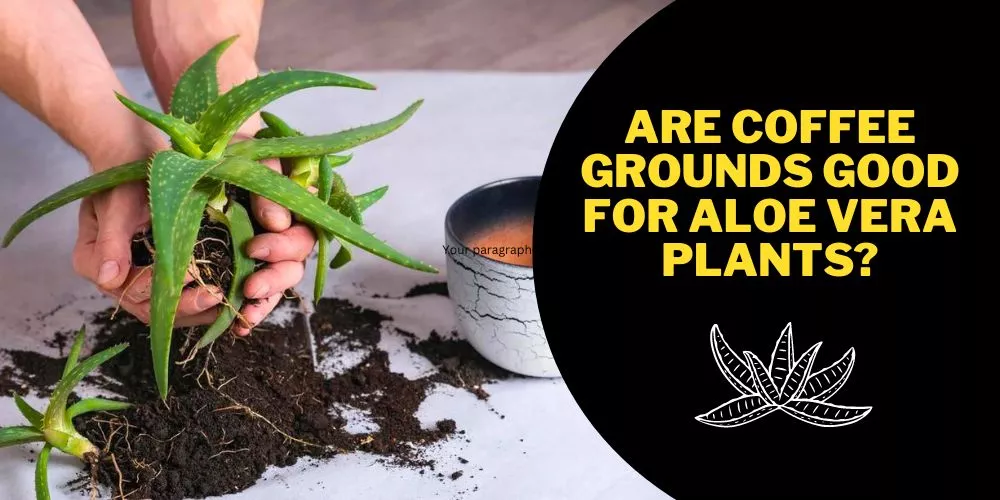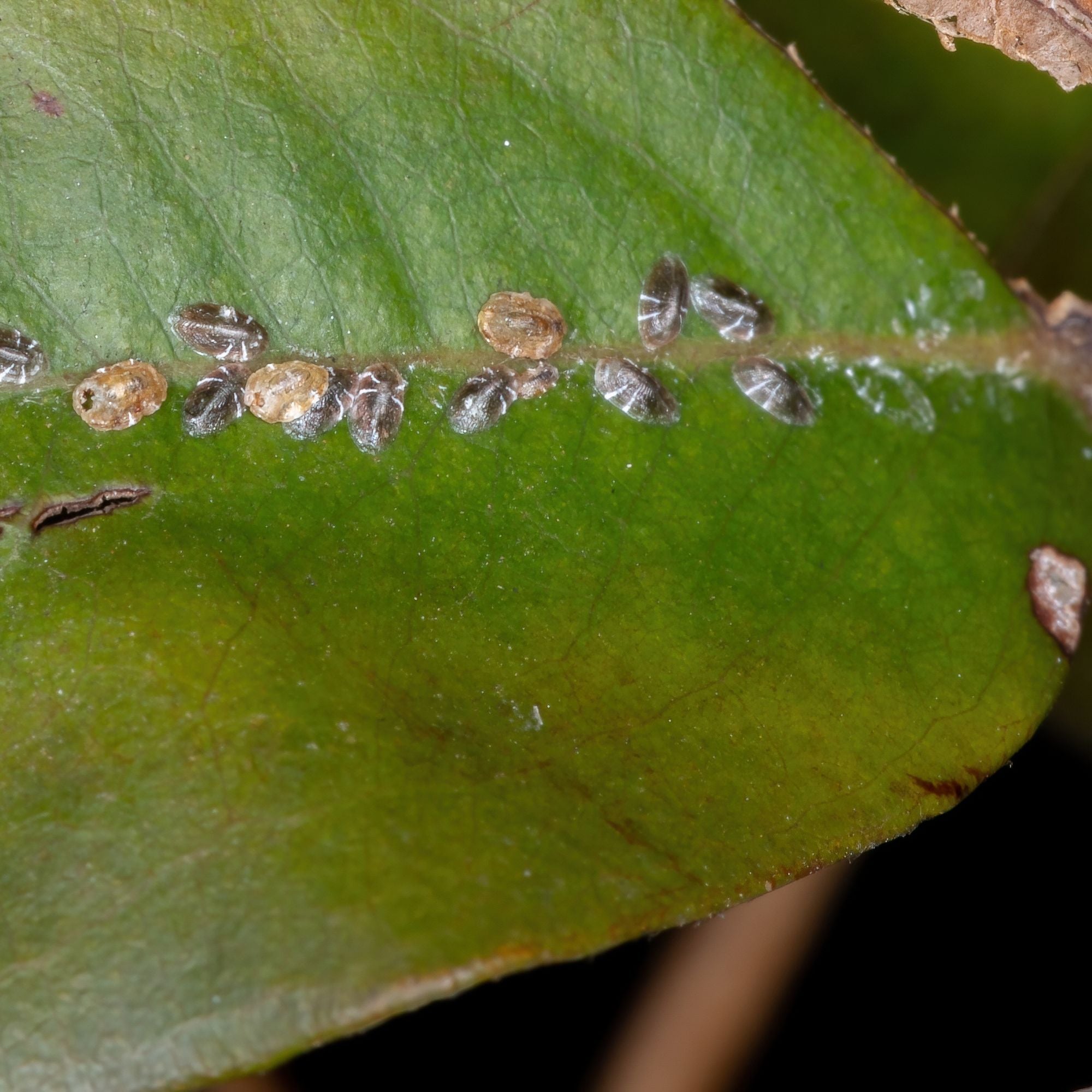Are Coffee Grounds Good for Aloe Vera Plants? Benefits and Tips Explained

There’s something almost magical about the urge to reuse coffee grounds for your beloved aloe vera. If you’ve ever hovered over your compost bin, cradling those rich brown granules and feeling a twinge of guilt about tossing them, you’re not alone. I used to do this every morning—caught between resourcefulness and the worry that my succulents might not share my enthusiasm for Italian roast.

Let’s get honest: our brains crave clever, circular solutions. That’s why the thought of feeding yesterday's coffee grounds to today’s plants feels so satisfying—it scratches both our eco-friendly itch and our subconscious yearning for nurturing routines. But—as I learned after one very mushy aloe incident—it pays to understand what’s actually happening beneath the surface.
What Drives Us To Experiment?
Humans are wired for pattern recognition: we see “coffee = energy boost” and instinctively wonder if that benefit will transfer to our greenery. It feels like a hack—almost like gaming Mother Nature herself. In reality, though, plants read their environment very differently than we do.
Aloe vera is a minimalist desert dweller at heart; it evolved in gritty soils where nutrients are scarce, and excess is more dangerous than deprivation. When we add coffee grounds (with their nitrogen kick), we’re tapping into our own desire to pamper—sometimes overlooking what the plant actually wants.
What’s Really In Those Grounds? (And Why Aloe Responds Differently Than Tomatoes)
I’ll never forget the first time I tried mixing fresh espresso grounds into my aloe potting mix—within two weeks, new growth looked oddly limp, almost as if it had lost its backbone! It turns out, dry spent grounds contain about 2% nitrogen—enough to push leafy veggies like lettuce or tomatoes toward lush growth but often too much for slow-and-steady aloes.
There’s also a surprising sensory twist: when you blend wet coffee into soil with your hands, it clumps together just enough to feel moist long after other ingredients have dried. For me, this tactile feedback was an instant warning—“hey,” my fingers said, “this stuff holds onto water.” Aloe roots can’t shout back when they’re drowning…but they sure can wilt.
The Psychology Behind Moderation
Why do most gardeners overdo it with coffee grounds at first? Partly because moderation isn’t thrilling—the brain loves abundance and quick results! I once layered on a half-inch of used French press grounds around my aloe because I believed “more must be better.” The aftermath was devastating: fungus gnats moved in overnight; roots went soggy; leaves shriveled in protest.
That experience rewired how I approach all amendments: now I treat coffee grounds like hot sauce—a little goes a long way.
Here’s what genuinely works:
- Dry out the grounds first: Not just because of mold risk (which smells unmistakably musty), but because dry material blends more evenly, preventing accidental clumps.
- Mix sparingly: Picture adding one tablespoon per liter of soil—like seasoning an entrée rather than dumping in the whole spice jar.
- Pair with gritty amendments: Perlite or coarse sand keeps things airy, sabotaging any chance for moisture-loving fungi to settle in.
- Observe closely: Set a calendar reminder for four weeks post-application—I always look for yellowing or wilting as early warning signs.
True Stories: Where Psychology Meets Dirt
Sam—a gardener friend from Phoenix—once told me how she resisted temptation by composting her espresso pucks instead of going direct-to-pot. When she finally mixed mature compost (about 10% by volume) into her aloe repotting blend three months later, those offsets rooted twice as fast compared to her control group. She described the satisfaction as “like brewing perfect crema—a slow process worth waiting for.”
Contrast that with Mark (oh Mark!), who confessed over lunch that he’d been pampering his office aloe with weekly top-dressings of wet grounds for three months straight…until his coworkers complained about gnats swarming their desks! His embarrassment turned into new wisdom: “If your plant never sees rainstorms in nature,” he joked, “don’t give it daily mudslides.”
Psychological Hurdles To Watch For
- Overconfidence Bias: We assume more input means better results (“If it helps tomatoes…”), ignoring species differences.
- Reciprocity Instinct: We want visible ROI on recycled goods—but soil health is subtle and slow-moving.
- Neglect Aversion: Tinkering feels productive—even if sometimes less really is more!
Whenever you catch yourself reaching for another handful of coffee grounds, pause and ask: “Would this plant be happier on diet rations?” With aloes—the answer is nearly always yes.
Compost First…Or Go Minimalist
If you love rituals but hate risk:
- Add your daily dose directly to an outdoor compost pile instead.
- After 3–6 months (composting calendars help!), blend finished compost into succulent mix at no more than 10% total volume.
- Your plant will receive micronutrients gradually—and thank you by staying firm and vibrant all season long.
Otherwise:
- Stick with cactus-specific fertilizers during peak growing months (I love Espoma Cactus!).
- Toss extra coffee around acid-loving shrubs outside—or gift them to neighbors who keep thriving hydrangeas!
Trust Yourself—Not Just The Internet
In gardening—and life!—the experiments that stick are ones rooted in observation and self-awareness, not just viral Pinterest boards or TikTok tips. Listen to your aloe like you’d listen to a trusted friend: if something seems off after trying coffee grounds (yellow leaves, slow recovery), honor that message before doubling down on advice from strangers online.
Ultimately: Coffee grounds can play a part in aloe care—but only as an occasional sidekick in your quest for sustainable planting joy. Compost first if you can; go light and airy if you apply directly; watch closely—and celebrate every healthy new leaf as proof that paying attention always pays off!
And honestly? Every time I tuck away those dried-out granules knowing they’ll shape next year’s garden gold—I feel like I’ve done something quietly heroic…and so will you.



